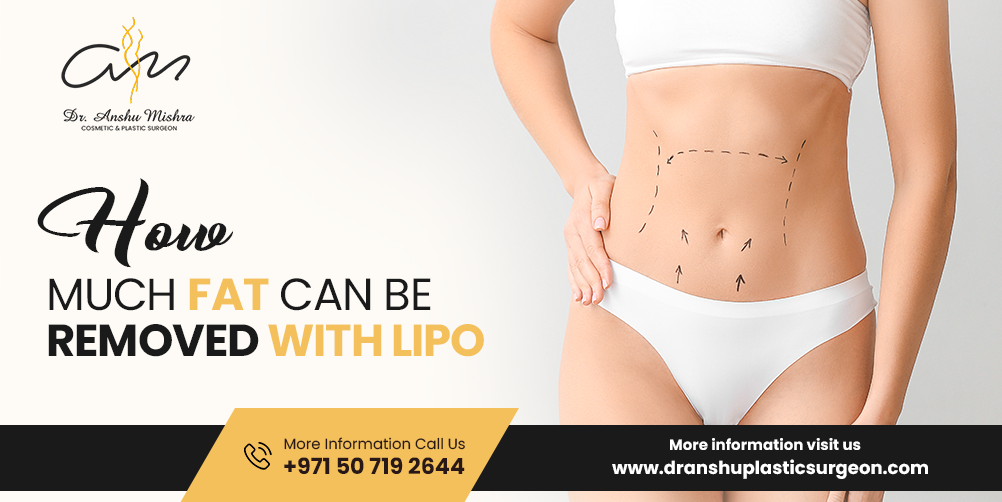The popularity of liposuction has increased recently as more women look for alleviation from discomfort, better looks, or more self-assurance. To address physical pain or cosmetic problems, the labia majora (outer lips) or labia minora (inner lips) are reduced or reshaped during the surgery. If you’re thinking about getting a labiaplasty, you might be wondering if it can be done without surgery.
The simple answer is no; to decrease or restructure tissue, a real labiaplasty necessitates surgical intervention. Nevertheless, there are non-surgical solutions that can help with some issues pertaining to the shape or functionality of the labia. These techniques may provide modest benefits without undergoing surgery, but they are not a suitable substitute for labiaplasty in terms of producing noticeable results. Let’s examine each of these choices in more detail.
Table of Contents
ToggleWhat Is Labiaplasty Exactly?
A surgical technique called a “labiaplasty” is used to change the form or size of the labia . For cosmetic, irritability, or pain during physical activity, many women choose this surgery. In addition, some women claim that the way their labia look makes them feel less confident, especially when it comes to wearing clothes that fit too tight or having personal activities.
To make the region look more balanced and symmetrical, extra labial tissue is usually cut or reshaped during the procedure. Labiaplasty is usually done as an outpatient procedure and can be done under local or general anaesthesia. However, recovery time, expenses, and the potential for problems accompany surgery, which naturally prompts some women to enquire: Are there any non-surgical alternatives for labiaplasty?
Non-Surgical Options for Labiaplasty
There are a few treatments intended to tighten, revitalise, or enhance the look of the vaginal region, but none of them can yield the same effects as labiaplasty. Women searching for more understated results without the dangers or delay of surgery may find these options appealing. However, it’s vital to set realistic expectations—non-surgical methods can’t eliminate extra tissue but may improve tone, texture, and minor cosmetic problems.
Vaginal Rejuvenation Using Laser
Laser technology is used in laser vaginal rejuvenation to increase the creation of collagen in the vaginal tissues. The theory is that the laser’s heat causes the tissue to contract, which can somewhat enhance the labia’s look. It’s a less intrusive technique with less recovery time, which makes it a desirable choice for ladies who are hesitant to have surgery.
Treatments Using Radiofrequency (RF)
ThermiVa and Votiva are examples of radiofrequency devices that employ energy to heat the tissues to promote tissue tightness and collagen formation. These procedures are very well-liked by ladies who have minimal laxity or little worries about the way their labia seem.
Although radiofrequency (RF) treatments do not have the same dramatic effects as labiaplasty, they can assist increase the vaginal area’s firmness and tightness, which can help the labia seem more toned and young.
Dermal Fillers
Unbelievably, dermal fillers, which are frequently used in face aesthetics, may also be utilised on the labia. Women may occasionally lose volume in the labia majora, or outer lips, as they become older. The labia can seem bigger and smoother with the use of injectable fillers, which can restore volume.
Fillers can give symmetry and tightness, which can help some women seem more balanced, but they cannot shrink the size of the labia.
Vaginal PRP (Platelet-Rich Plasma) injections
PRP injections have become more and more used in cosmetic treatments because they stimulate collagen creation and rejuvenation using the patient’s own blood. PRP can enhance the texture and stiffness of the skin in the vaginal region, which may somewhat improve the look of the labia. Platelet-rich plasma is injected into the tissues during this minimally invasive treatment.
Labiaplasty: Can Non-Surgical Procedures Take Its Place?
Treatments without surgery may be helpful for less severe issues such as minor volume loss, sagging, or enhancing the texture of the skin. They do not, however, take the place of labiaplasty. Surgery is your sole option if you want to reduce the size of your labia, correct asymmetry, or remove extra tissue that is uncomfortable.
The aforementioned non-surgical alternatives could give momentary gains in firmness and tone, but they won’t have the same profound and long-lasting effects as surgical labiaplasty. When choosing the best course of action, it is important to have a thorough grasp of what each operation can and cannot achieve.
Selecting Between Non-Surgical and Surgical Choices
Ultimately, your goals, comfort level, and the guidance of your healthcare practitioner will determine whether you select a surgical or non-surgical treatment. If you’re searching for a short-term fix or a modest improvement with minimal downtime, non-surgical therapies could be perfect. However, labiaplasty surgery is the best choice if you’re looking for long-term outcomes that entail tissue removal or reshaping.
You may decide which course of action is ideal for your particular circumstance by consulting with a highly skilled surgeon like Dr Anshu Mishra, who is regarded as the best female plastic surgeon in Dubai. You can choose the best course of treatment if you are aware of your issues, goals, and the degree of change you desire.
How Long Does It Take to Recover from Non-Surgical Treatments?
Minimal recovery time is one of the key benefits of non-surgical therapies over labiaplasty. You may return to your regular activities in a day or two with the majority of non-surgical solutions since they need minimal to no downtime. Non-surgical therapies, however, usually have transient effects, so you might have to repeat the process to keep the desired result.
For Instance:
- For optimal effects, radiofrequency (RF) therapies and laser treatments may need many sessions spaced out over weeks or months.
- PRP and filler injections usually require a follow-up visit after six to twelve months.
- However, labiaplasty delivers more significant improvements in look and comfort and requires a longer recovery period (about 4-6 weeks) but outcomes are permanent.
What Kind of Outcomes Should You Expect?
It’s important to control your expectations while thinking about any surgical or cosmetic surgery. Non-surgical therapies usually don’t yield the same significant gains as surgery; instead, they produce outcomes gradually and subtly. This is acceptable for certain ladies, particularly if they’re looking for a less intrusive solution. For others, labiaplasty is a superior option because of its more obvious and long-lasting outcomes.
Conclusion
Although labiaplasty is a surgical technique intended to trim or modify the labia, some non-surgical methods can provide subtle enhancements in terms of firmness, texture, and appearance. For people who would prefer not to have surgery, there are options such as dermal fillers, PRP injections, RF treatments, and laser vaginal rejuvenation.
These alternatives, however, are not a substitute for labiaplasty in terms of eliminating extra tissue or producing more striking outcomes. Labiaplasty is still the best option for women who want long-lasting results. You should speak with a qualified expert who can walk you through your options and assist you in reaching your desired goal if you’re not sure which course of action is best for you.
Expert advice and individualised treatment are available from Dr Anshu Mishra, who is considered the best plastic surgeon in Dubai if you’re thinking about labiaplasty or non-surgical options. Let him help you make the right choice for your body. Schedule an appointment with Dr. Mishra right now to talk about your issues and receive a solution that is specifically designed to help you reach your objectives.















